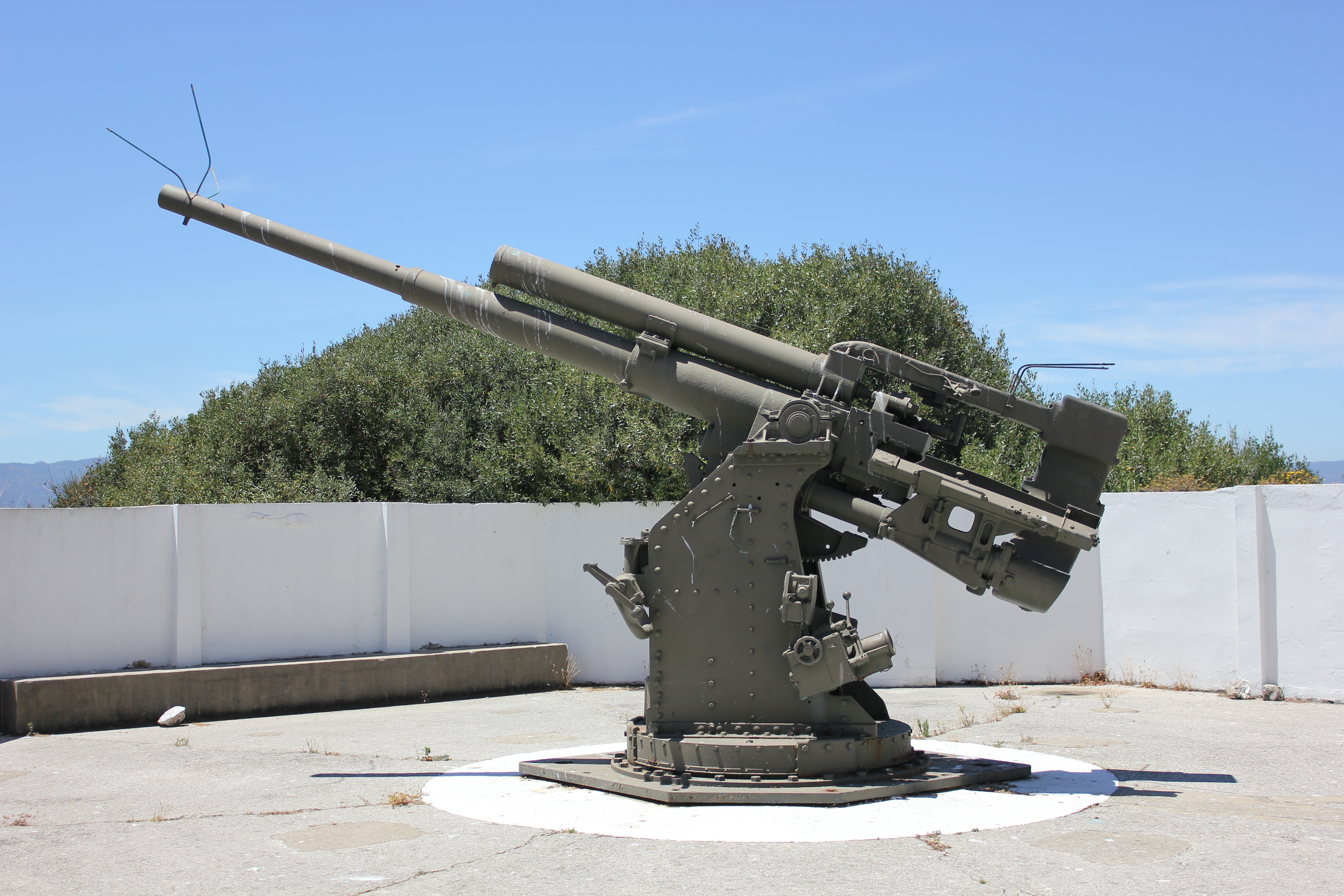This post is also available in:
 עברית (Hebrew)
עברית (Hebrew)
In the wake of the January 6 drone attacks on Russian facilities in Syria, head of the Russian General Staff’s department for the development of unmanned aerial vehicles Maj. Gen. Alexander Novikov said that the drones that were captured in the attack cannot have been made in an improvised manner.
Novikov said that “The creation of drones of this class is impossible in an improvised manner. Their development and usage involved specialists, who had undergone special training in the countries manufacturing and using systems with unmanned aerial vehicles.
The assembly and usage of unmanned aerial vehicles is a difficult engineering task that demands “special training, know-how in various scientific areas and practical experience in creating these devices,” he said.
Special software is also needed to use these drones, the general noted. For efficient usage of ammunition, information on the exact target location, and such parameters as altitude, flight and wind speed is required. This information cannot be obtained from the Internet, Novikov stressed.
Moreover, the explosives from the bombs carried by drones that attacked Hmeymim and Tartus bases in Syria cannot be made in makeshift conditions. There are several places where this substance is manufactured and one of them is Ukraine, according to Novikov.
“Preliminary analysis has shown that the main explosive used in the bombs was pentaerythritol tetranitrate (also known as PENT, PENTA or TEN), which has a far higher yield than hexogen. This explosive is manufactured in a number of countries, including Ukraine’s Shostka chemical agents plant. It cannot be made in makeshift conditions or extracted from other ammunition,” he said.
Russia’s military has deciphered route data from the drones that attacked the Russian bases, confirming that they had been launched from one place.
Militants in Syria earlier used drones only for air reconnaissance, but isolated incidents were seen when they were used for attacks, Novikov stated.
According to the major general, those were mainly improvised drones, made of components sold on the open market.
“In mid-2016, foreign-made quadcopters were launched to conduct air reconnaissance and carry out strikes. It should be noted here that we registered the appearance of new types and versions of drones operated by militants in Syria a few days after they had gone on free sale in various countries,” he said.
Novikov noted that Russia had created multi-layered defenses at its Hmeymim and Tartus bases in Syria to detect and destroy the entire range of terrorists’ weapons by firepower and electronic warfare measures.
“It is necessary to note that the Defense Ministry of Russia is constantly monitoring the use of all types of armaments and military hardware by terrorists on the territory of Syria and is developing the required counter-measures,” the general said.
“This fully applies to unmanned aerial vehicles. For the purpose of countering their use by terrorists, in-depth systems have been created at the Hmeymim airbase and the Tartus naval facility with the detection, firepower and electronic warfare destruction and suppression capabilities,” he said.
These measures helped reliably thwart a terrorists’ drone attack on the Russian military facilities in Syria overnight to January 6, he said.
The analysis of drones captured in Syria draws conclusions that “there is a real threat of using drones for terrorist aims in any place in the world that demands certain measures on
its neutralization,” he said.
Russian Defense Ministry Spokesman Major General Igor Konashenkov said “All the interested parties need to pay attention to such threats and cooperate on the international level to combat them,” .
At the same time, Konashenkov pointed out that “the fact that militants received technologies to assemble and program combat unmanned aerial vehicles from abroad proves that the threat is not limited to Syria.” “Terrorists may use similar deadly drones in other countries, too, and not only against military facilities,” he added.
To another iHLS article regarding the drone threat


























